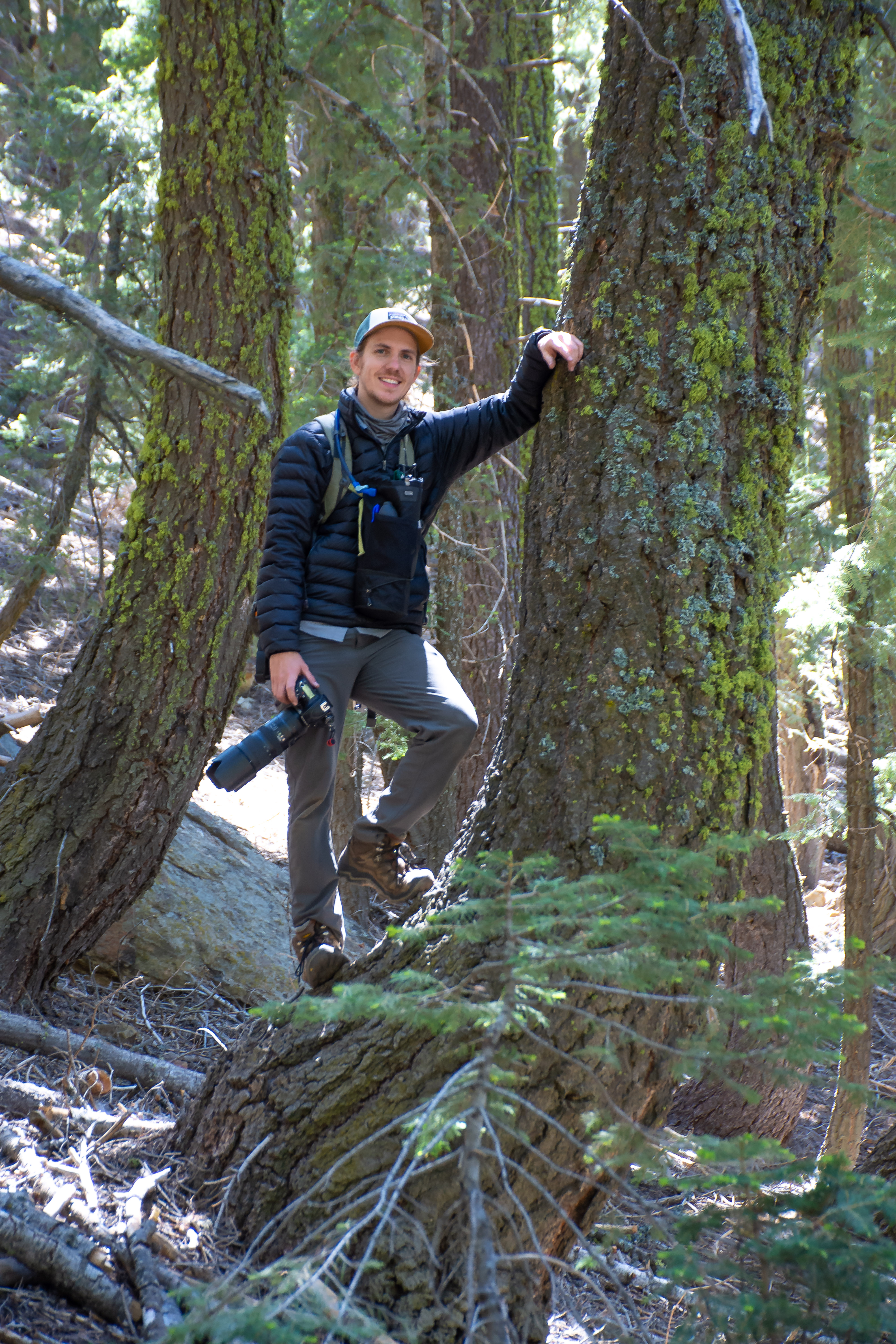Bryant Baker addressed the Cambria Forest Committee at the February 2022 meeting, The video is posted here, Passcode: #z&5pvJA.
Significant points he addressed curing his talk are found at the following points in the video:
00:00:00 Introduction
00:06:30 Begin Presentation
00:18:00 Community Wildfire Protection Plan
00:25:30 Forest Thinning
00:44:50 Structure Ignition Protection
01:06:44 Regrowth After Fire
01:10:15 Question and Answer – Discussion
02:28:22 End
As Conservation Director, Mr. Baker analyzes technical documents, writes comments on projects undergoing environmental review, pens articles in local news publications, monitors the latest scientific literature on ecology and land management, develops and coordinates volunteer field projects, and gives community presentations on topics such as wildfire mitigation.
He will talk about what methods keep forests healthy and how to reduce the danger of wildfire to homes and communities in and near the forest. Projects that remove trees and understory as “fuel reduction” may actually result in forests that are more subject to fire and burn hotter and faster than forests that have their understory habitat left intact.
Cal Fire, the County Fire Safe Council, the Upper Salinas-Las Tablas Resource Conservation District and Auten Resource Consulting are currently removing large numbers of trees and understory from 665 acres of Covell Ranch as a 10-year Fuel Reduction Project in Cambria. See the project here as described in slides from Auten Consulting.
The Cambria Forest Committee has concerns about the long-term effects of the ongoing Covell Ranch Fuel Reduction Project. The fire agency approach to fuel reduction for forest management ignores the fact that forests absorb CO2 from the atmosphere, playing an important role in mitigating the climate crisis. Cutting trees down to reduce fire danger can produce hotter, dryer, and windier conditions, increasing wildfire danger.
Mr. Baker studied Oregon’s 2021 Bootleg Fire and found that “thinning, fuel breaks, and other forest management failed to stop or slow the fire’s rapid spread.
“Contrary to fuel reduction claims, the Bootleg Fire has raced through much of the landscape that has been logged in one way or another since the 1970s, including over the last few years,” he said.
Terms such as “forest health,” ‘resilience,” and “fuel reduction” sound good but in practice mean suppressing natural processes and removal of understory and biodiversity habitat.
Mr. Baker observes that fire breaks and mastication may be counterproductive to reducing fire danger to communities.
Mr. Baker engaged in discussion with attendees after his presentation.
See him here in an interview with Dr. Chad Hanson, forest and fire ecologist with the John Muir Project of Earth Island Institute and author of the new book, Smokescreen: Debunking Wildfire Myths to Save Our Forests and Our Climate.
Smokescreen cuts through years of misunderstanding and misdirection to make an impassioned, evidence-based argument for a new era of forest management for the sake of the planet and the human race. Natural fires are as essential as sun and rain in fire-adapted forests, but as humans encroach on wild spaces, fear, arrogance, and greed have shaped the way that people view these regenerative events and given rise to misinformation that threatens whole ecosystems as well as humanity’s chances of overcoming the climate crisis.
Scientist and activist Chad T. Hanson explains how natural alarm over wildfire has been marshaled to advance corporate and political agendas, notably those of the logging industry. He also shows that, in stark contrast to the fear-driven narrative around these events, contemporary research has demonstrated that forests in the United States, North America, and around the world have a significant deficit of fire. Forest fires, including the largest ones, can create extraordinarily important and rich wildlife habitats as long as they are not subjected to postfire logging. Smokescreen confronts the devastating cost of current policies and practices head-on and ultimately offers a hopeful vision and practical suggestions for the future — one in which both communities and the climate are protected and fires are understood as a natural and necessary force.
How does forest management affect fire? Read the report on Oregon’s Bootleg Fire on the Forest-Related Documents page. “An independent analysis of the landscape that has burned so far has revealed that tens of thousands of acres of recent thinning, fuel breaks, and other forest management—similar to what has been proposed on Pine Mountain and Mt. Pinos in the Los Padres National Forest—fail to stop or slow the fire’s rapid spread.”



